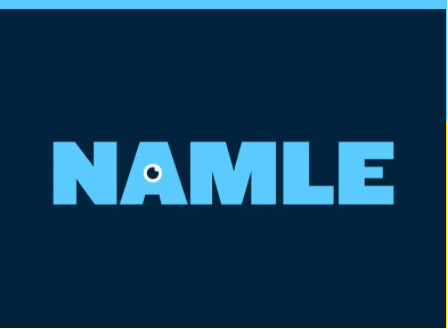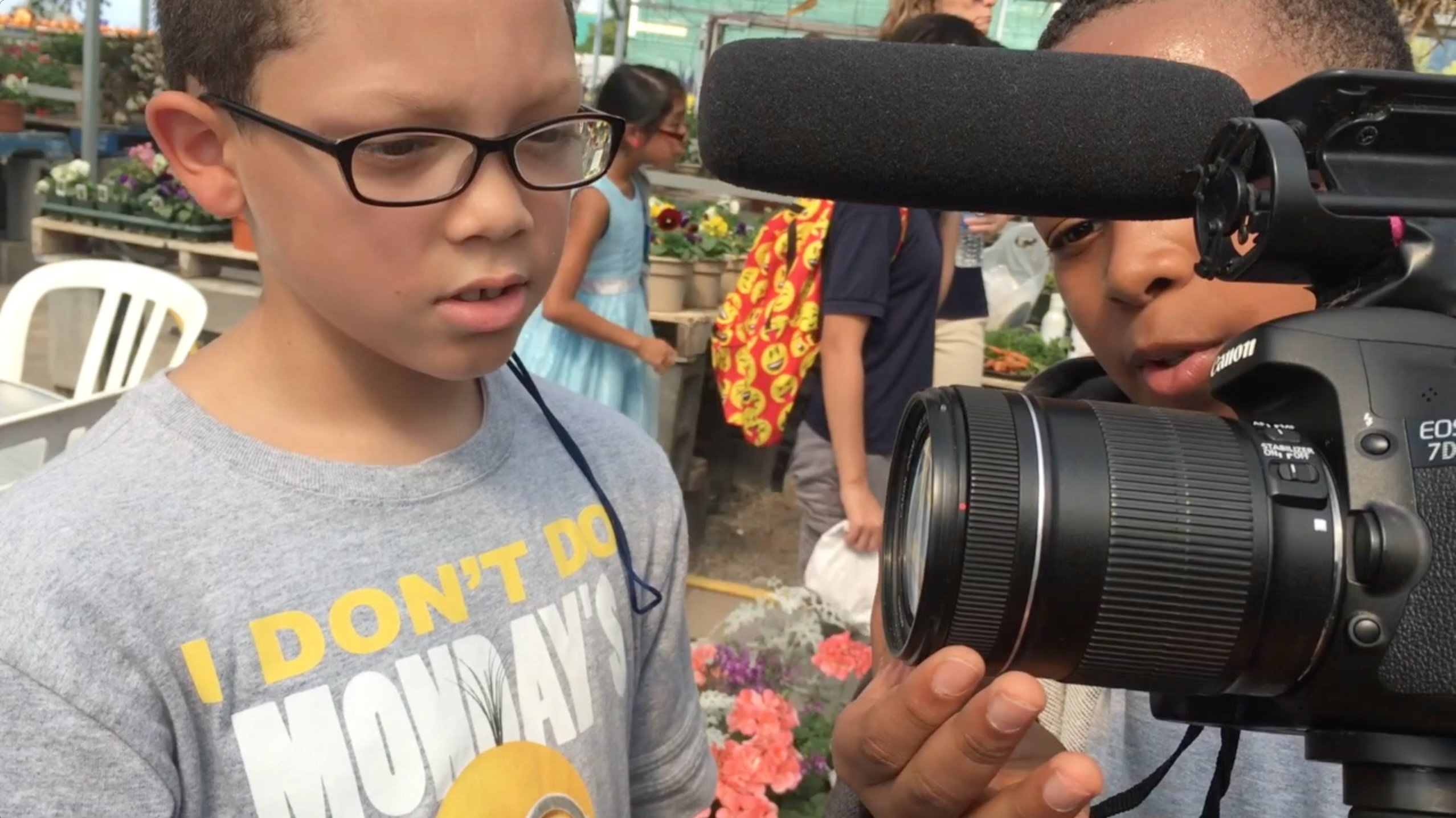Students who have had media literacy class from grades K-8
discuss what it means to be media literate.
Media Literacy builds an understanding of the role of media in society as well as essential skills of inquiry and creative self-expression necessary for citizens of a 21st-century democracy to reflect on the role of media in their lives and take action in their media environment.
5 Key Concepts of Media Literacy
- All media messages are created by people
- Every author has a unique point of view (POV) that affects their media making decisions (what’s recorded, what’s left out) – therefore all media messages are unavoidably biased or reflect someone’s POV
- Every audience is unique – we decode media messages according to our POV
- Each medium, tool or technology used for communication have strengths and limitations for communication that affect how messages are constructed and how they are consumed
- Media messages affect how people see the real world and see themselves
National Movement for Media Literacy

Rhys Daunic of TMS was a board member of the National Association for Media Literacy Education (NAMLE) from 2009-2016, and TMS remains an organizational member and supporter. NAMLE is the long-standing hub of a broad coalition of constituents advocating for critical thinking and effective communication for empowered media participation.
Join at NAMLE.net (FREE!) and participate in National Media Literacy Week!

“(Digital and media literacy is) a constellation of life skills that are necessary for full participation in our media-saturated, information-rich society.”
